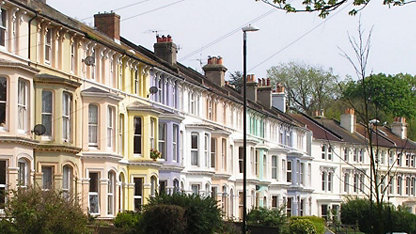The potential applications of digital twins are far-reaching. Digital twins are used in sectors such as manufacturing, automotive, healthcare, aerospace, defence, natural resources, energy, utilities, and the built environment. They hold tremendous promise in helping these sectors attain broad social, environmental, and economic outcomes. Users have reported improved product quality, better control of operating costs, availability of digital records of parts and components, improved supply chain management, better social and environmental outcomes, and revenue growth opportunities for all stakeholders.
To deliver their promise, digital twins need accurate and reliable data about their connected real-world entities and processes over the entire life cycle. Static data captured upfront models the design and pre-construction intent. Following construction, the as-built and operation data, captured continually and dynamically, gives insights about a project and or asset’s performance. As the physical object or process is managed, the virtual representation is synchronised to the real-world using data from the 'edge'[1] with appropriate fidelity and frequency. Industry 5.0 technologies such as the Internet of Things, sensors, artificial intelligence, laser scanning, augmented reality, virtual reality, blockchain, edge computing, and human-machine-interaction play an essential role in all aspects of a digital twin system.
A digital twin uses data to connect physical objects, processes, or assets bi-directionally to their virtual representation. The data and the bi-directional connection provide timely insights to improve a built asset's design, construction, handover, operation, maintenance, renewal, and end-of-life processes. Therefore, digital twins should be considered as early in the life cycle as possible after carefully evaluating their use cases and conducting a cost-benefit analysis.
The idea of a digital twin seems simple at first. However, its planning, development, deployment, use, and maintenance are complex and must be carefully managed. One source of complexity stems from the data and information collection processes that take place from the pre-project phase to the end-of-life. Equally important is the consistent classification of elements and maintenance of a data dictionary that is robust enough to fulfil the intended use cases. For example, a digital twin can be used in financial and environmental decision-making. But to do so requires integrating into its data architecture a life cycle cost and carbon classification system such as the International Cost Management Standards.
Maintaining an up-to-date digital twin is a complex and challenging task, but the opportunities provided cannot be understated. Having such a digital twin enables all stakeholders to view the evidence and performance necessary to make crucial decisions about projects and assets. A digital twin essentially acts as a repository of data that represents the past, the present, and simulates predicted futures. It can aid holistic understanding, optimal decision-making, and practical action concerning the design, construction, and use of our places and spaces.
Since real-world objects, processes, or assets connect as a system to deliver outcomes, their virtual representations should also be able to connect and communicate seamlessly, requiring digital twins to be interoperable. As the market matures, digital twins will also be able to operate autonomously with minimal human intervention.
Following the growth of BIM in the built environment sector, data and information management has emerged as the main thread that connects project team members and life cycle phases together to achieve desired outcomes. Data, information, and management will be central to the growing application of digital twins in the built environment sector in the future.
Digital twins are expected to develop as a critical tool in all phases of the asset life cycle. Environmental, social and governance requirements are increasingly challenging to fulfil without a whole-of-life view of a construction project and the resulting asset.
The current focus on digital twins in the built environment sector is on the use phase after the handover of built assets. This joint RICS and Glodon industry whitepaper highlights the case for developing, deploying, and using digital twins during the design, construction, and handover stages. RICS professionals working in construction and quantity surveying, project management, building surveying, building control, and infrastructure are bound to play an ever-important role in developing, deploying, and using digital twins.
[1] Edge computing refers to data processing that Is done in proximity to the source of the data, rather than being sent to any cloud computing remote location to be processed.
Published date: 22 March 2022










